اسکاچ بافتنی
-
توسط
 ehsan.mirjafari
ehsan.mirjafari
- 1 دیدگاه
اسکاچ بافتنی یکی از وسایل پرکاربرد در خانه است که در بسیاری از فرهنگها به عنوان وسیلهای برای شستوشوی ظروف و سطوح استفاده میشود. این نوع اسکاچ معمولاً با استفاده از نخهای بافتنی تولید میشود و به دلیل قابلیتهای خاص خود، محبوبیت زیادی دارد. اسکاچ بافتنی از زمانهای دور به عنوان یک ابزار خانگی ساده و کاربردی مورد استفاده قرار گرفتند. در گذشته این اسکاچ ها را با استفاده از مواد طبیعی مانند نخهای پنبهای یا پشمی میبافتند. با پیشرفت تکنولوژی و ظهور مواد جدید، اسکاچهای بافتنی مدرنتر و با ویژگیهای بهتر طراحی شدند.
 مزایای استفاده از اسکاچ بافتنی:
مزایای استفاده از اسکاچ بافتنی:
- دوام و استحکام: یکی از اصلیترین مزایای اسکاچهای بافتنی، دوام بالای آنهاست. این نوع اسکاچها معمولاً از جنس نخهای مقاومی مانند نخ پنبهای یا اکریلیک هستند که به راحتی دچار پارگی یا فرسایش نمیشوند. در مقایسه با اسکاچهای پلاستیکی که پس از چند بار استفاده خراب میشوند، اسکاچ بافتنی مدت زمان طولانیتری قابل استفاده است.
- قابلیت شستوشوی آسان: برخلاف برخی اسکاچها که پس از هر بار استفاده کثیف میشوند و تمیز کردن آنها مشکل است. اسکاچهای بافتنی به راحتی قابل شستوشو هستند. این قابلیت بهداشت بهتری را تضمین میکند، زیرا به راحتی میتوان آنها را با آب و صابون شست و بلافاصله برای استفادههای بعدی حاضر کرد.
- دوستدار محیط زیست: یکی از مهمترین مزایای اسکاچ بافتنی، سازگاری آن با محیط زیست است. بسیاری از این اسکاچها را از مواد طبیعی مانند نخ پنبهای یا پشم میبافند که قابل تجزیه هستند. در نتیجه، پس از پایان دوره مصرف، این اسکاچها به محیط زیست آسیب نمیزنند.
- زیبایی و تنوع: اسکاچهای بافتنی معمولاً دارای طرحها و رنگهای متنوعی هستند که میتوانند جلوه زیبایی به آشپزخانه یا محیط کاری شما بدهند. از آنجا که این اسکاچها را به صورت دستی یا با استفاده از دستگاههای ساده میبافند، امکان ایجاد طرحها و مدلهای سفارشی نیز وجود دارد.
 نحوه استفاده
نحوه استفاده
برای استفاده بهینه از اسکاچ بافتنی، ابتدا بهتر است آن را کاملاً خیس و سپس به مواد شوینده بزنید. خیس کردن اسکاچ باعث میشود که مواد شوینده به خوبی جذب بافت آن شود. بدین شکل به طور مؤثرتری سطح ظروف و وسایل را تمیز میکند. اسکاچ بافتنی به دلیل بافت نرم و انعطافپذیر خود، مناسب برای شستوشوی ظروف مختلف از جمله ظروف حساس مانند لیوانهای شیشهای و بشقابهای سرامیکی است. همچنین میتوانید از آن برای تمیز کردن سطوح آشپزخانه، کاشیها، و حتی اجاق گاز نیز استفاده کنید. در هنگام شستوشوی ظروف یا سطوح با استفاده از اسکاچ بافتنی، از فشردن بیش از حد آن خودداری کنید.
برای افزایش طول عمر اسکاچ بافتنی، بهتر است پس از هر بار استفاده، آن را به دقت آبکشی کنید. بدین شکل تمام مواد شوینده و ذرات باقیمانده غذا را از بین خواهد رف. با این روش، هم به بهداشت بیشتر کمک میکنید و هم از بو گرفتگی یا تخریب زودهنگام اسکاچ جلوگیری میکنید.
مطلب پیشنهادی: بهترین ابر کارواشی
نحوه شستشو و نگهداری اسکاچ بافتنی
شستوشو و نگهداری صحیح اسکاچ بافتنی نقش مهمی در دوام و ماندگاری آن دارد. پس از هر بار استفاده، توصیه میشود اسکاچ را با آب گرم و مواد شوینده مناسب به دقت شستوشو دهید. تا ذرات باقیمانده غذا و چربیها از بین بروند. بافت متراکم این نوع اسکاچ میتواند محلی برای تجمع ذرات غذا و رشد باکتریها باشد. بنابراین شستوشوی مکرر و دقیق آن ضروری است. پس از شستوشو، بهتر است اسکاچ را به خوبی فشار دهید و آب اضافی را از آن خارج کنید تا زودتر خشک شود. همچنین میتوانید آن را در محل آفتابی یا در فضای باز قرار دهید تا به طور کامل خشک شود. بنابراین از رشد قارچها و بوی نامطبوع جلوگیری شود.
برای نگهداری بهتر، اسکاچ را در مکانی خشک و دور از رطوبت قرار دهید. به هیچ عنوان آن را در محیطهای مرطوب مانند سینک ظرفشویی یا کابینتهای نمناک نگذارید. زیرا این شرایط میتواند باعث رشد سریع میکروبها و خراب شدگی بافت اسکاچ شود. اگر متوجه شدید که اسکاچ بوی نامطبوعی گرفت یا علائمی از کپک زدگی در آن ظاهر شد، بهتر است آن را تعویض کنید. همچنین میتوانید برای افزایش طول عمر اسکاچ، هر چند هفته یک بار آن را در آب جوش قرار دهید. بدین شکل به طور کامل استریل میشود و از هرگونه آلودگی و بوی بد جلوگیری خواهد شد.
برای مشاهده ویدیو آموزش بافت اسکاچ کلیک کنید.
 قیمت اسکاچ بافتنی کاتوس
قیمت اسکاچ بافتنی کاتوس
قیمت اسکاچهای بافتنی میتواند به عوامل مختلفی مانند نوع مواد ، دستساز یا صنعتی ، و حتی طرح و اندازه، متفاوت باشد. معمولاً اسکاچهای بافتنی که از نخهای طبیعی مانند پنبه یا کنف هستند، قیمت بالاتری نسبت به انواع پلاستیکی یا مصنوعی دارند. زیرا مواد اولیه آنها گرانتر است و همچنین به دلیل دوستدار محیط زیست ، مورد توجه بیشتری قرار میگیرند. به طور کلی، اسکاچهای بافتنی دستساز، به دلیل زمان و زحمتی که برای ساخت آنها صرف میشود، قیمت بیشتری دارند. قیمت این نوع اسکاچها ممکن است از چند هزار تومان تا بیشتر باتوجه به نوع نخ و میزان کاری که برای ساخت آن بستگی دارد.
اسکاچهای صنعتی که بهطور عمده و با استفاده از ماشینآلات تولید میشوند. معمولاً قیمت کمتری دارند اما ممکن است از لحاظ کیفیت و دوام به پای نمونههای دستساز نرسند. در بازارهای محلی و فروشگاههای آنلاین، تنوع قیمتی زیادی مشاهده میشود و میتوان اسکاچهای بافتنی را با قیمتی متناسب با بودجه خود پیدا کرد. قیمت انواع اسکاچ بافتی و نرم کاتوس را میتوانید در ادامه مطلب مشاهده کنید.
مطلب پیشنهادی: کاربرد سیم ظرفشویی
پد ظرفشویی بلور و کریستال کاتوس کد k211
اسکاچ چند منظوره ( 2 لایه ) کد k234
پد ظرفشویی خورشیدی کاتوس کد k210


 مزایای استفاده از اسکاچ بافتنی:
مزایای استفاده از اسکاچ بافتنی: نحوه استفاده
نحوه استفاده
 قیمت اسکاچ بافتنی کاتوس
قیمت اسکاچ بافتنی کاتوس

 Sponges
Sponges









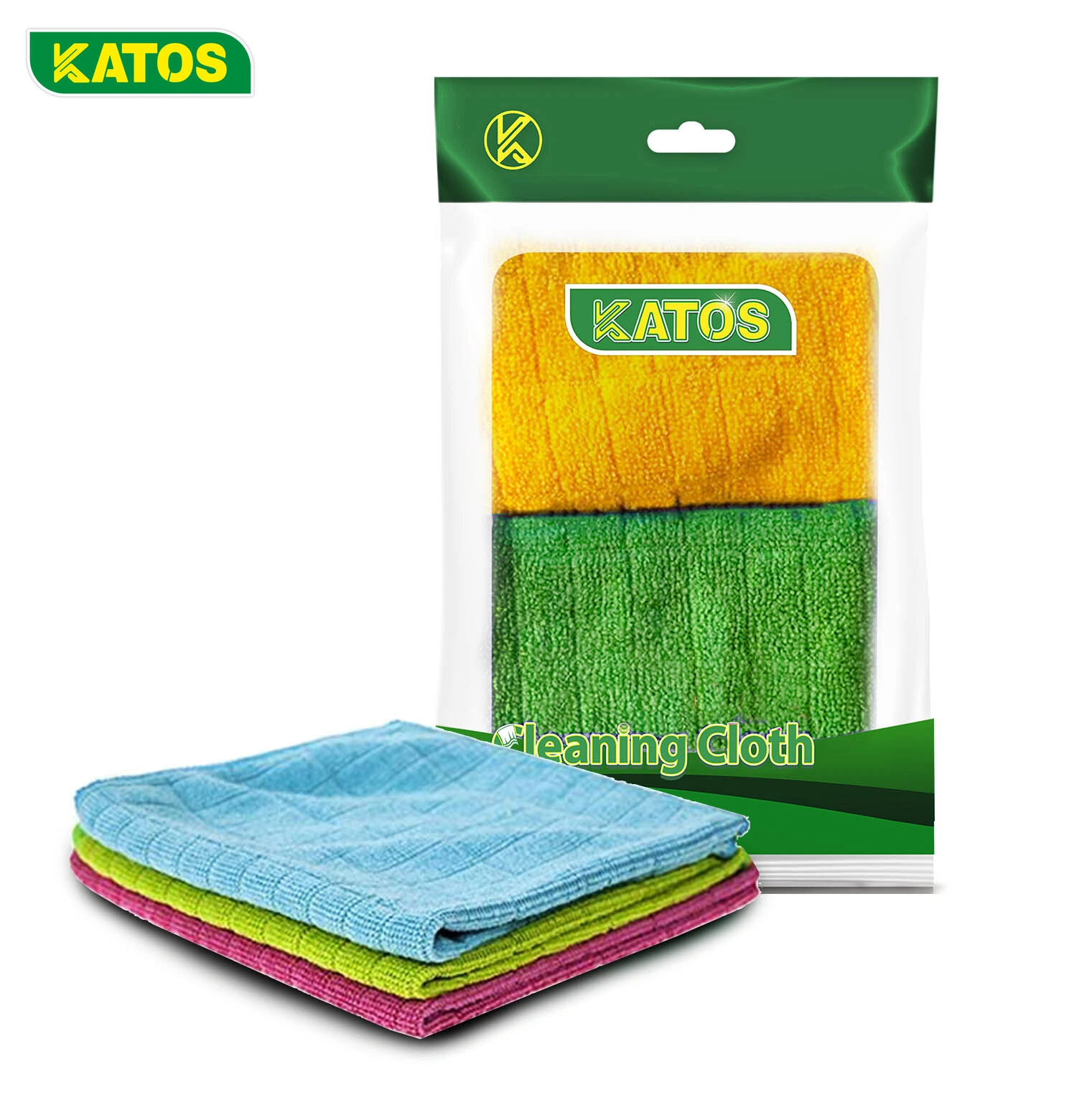 :cleaning cloths
:cleaning cloths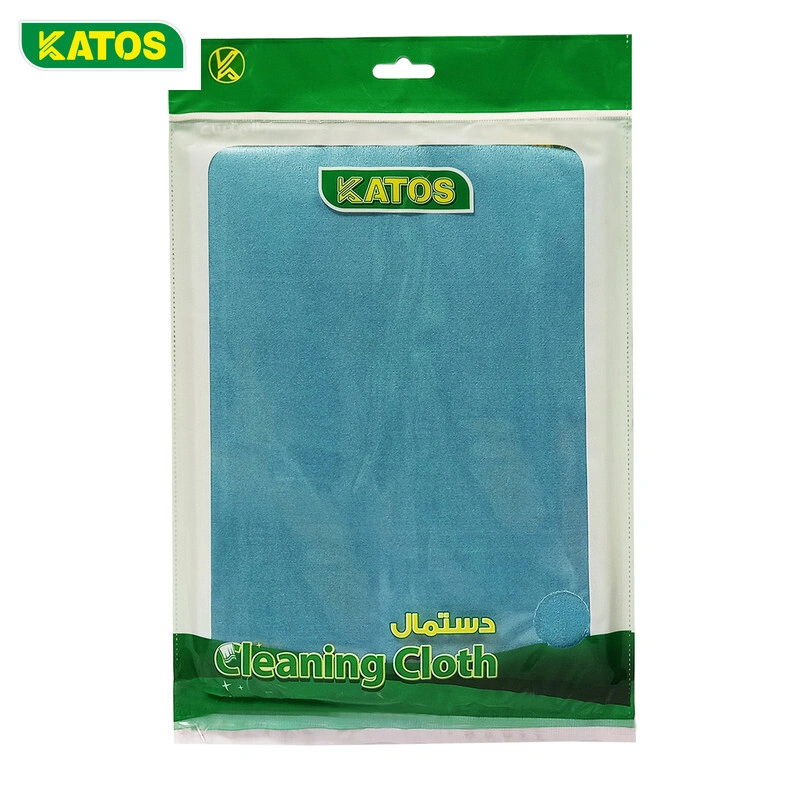 Living Room
Living Room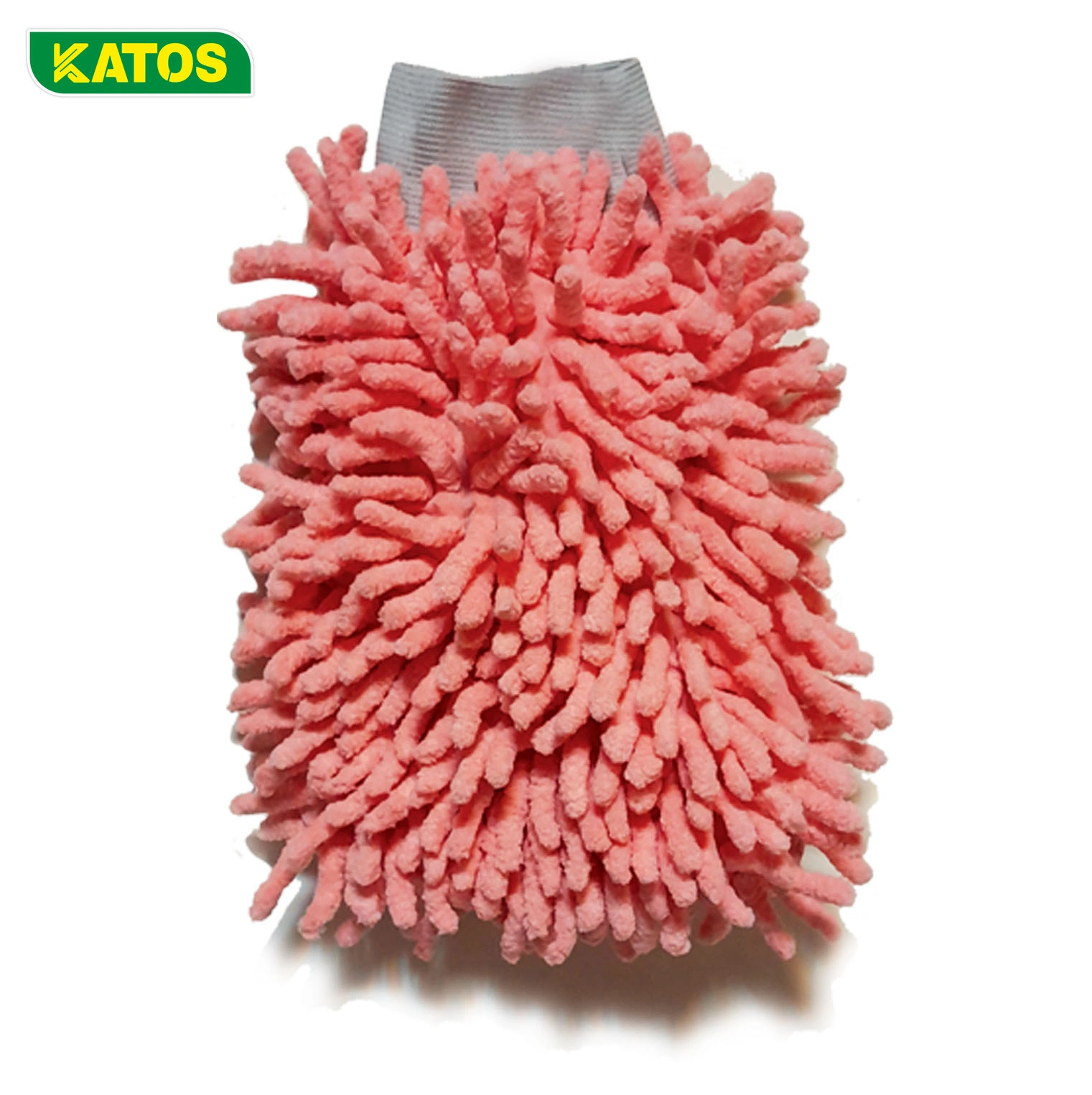 Utility and Laundry Rooms
Utility and Laundry Rooms :frequently asked questions
:frequently asked questions

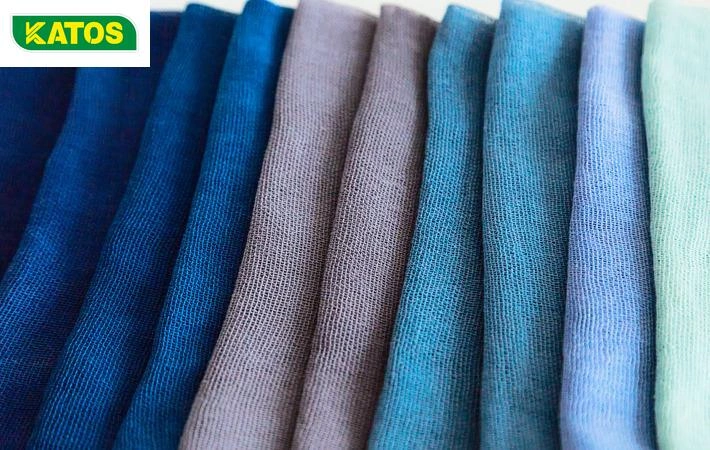
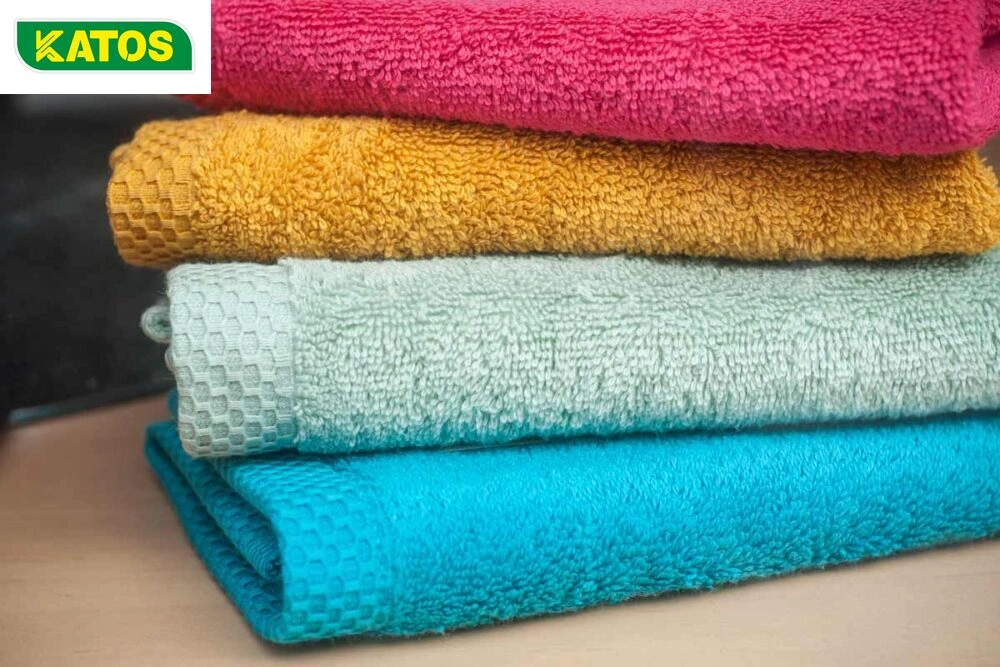
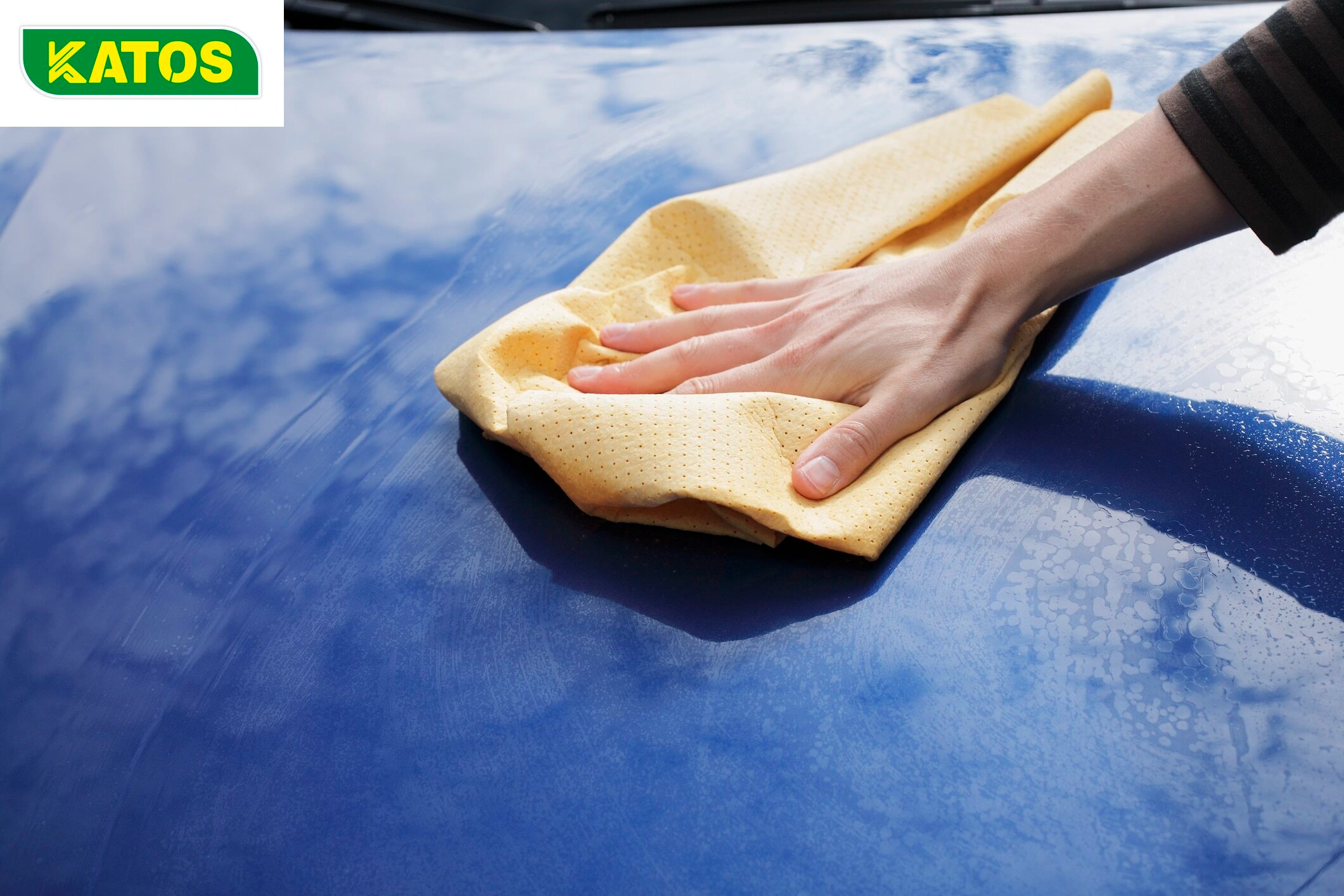
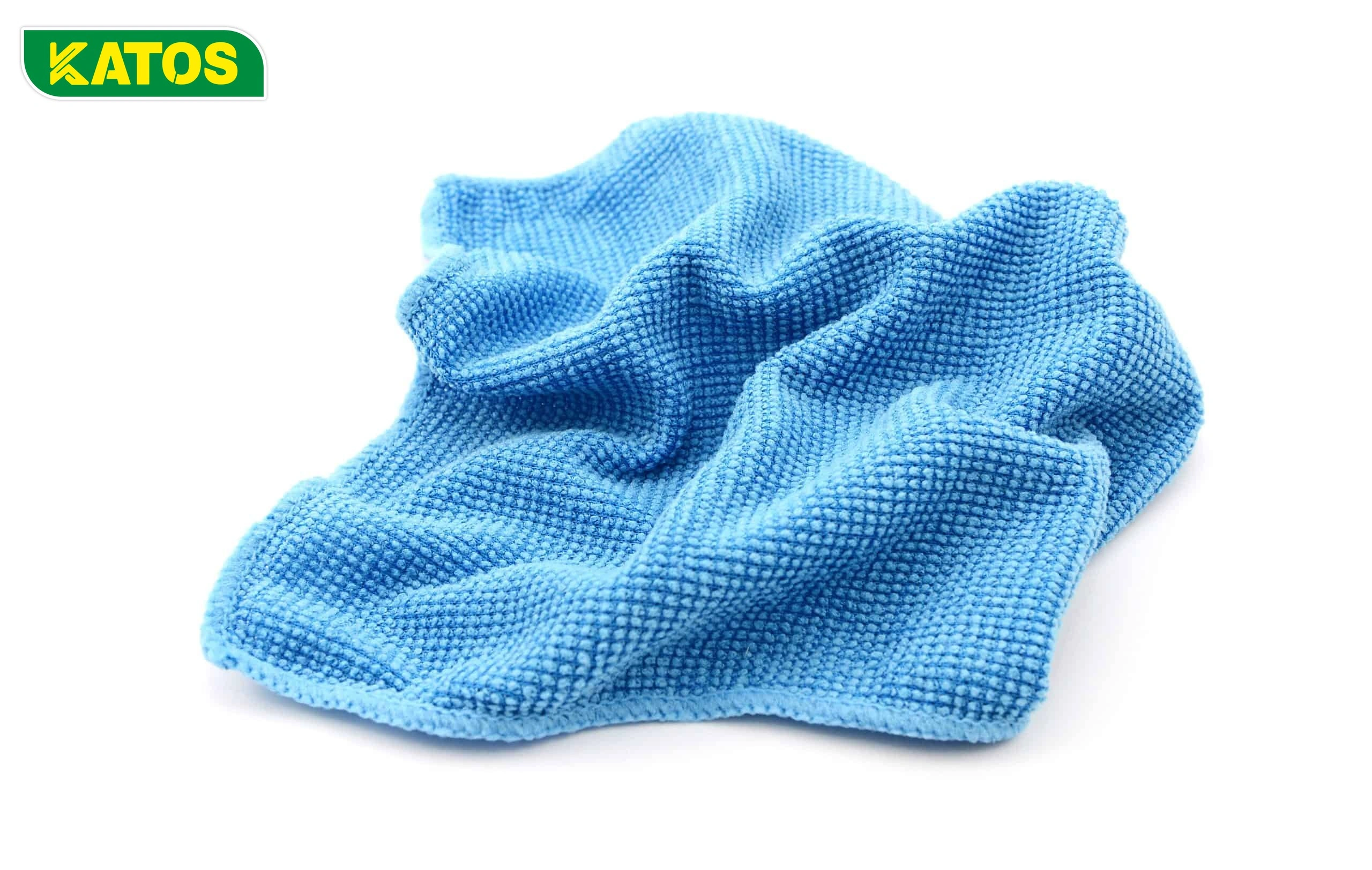





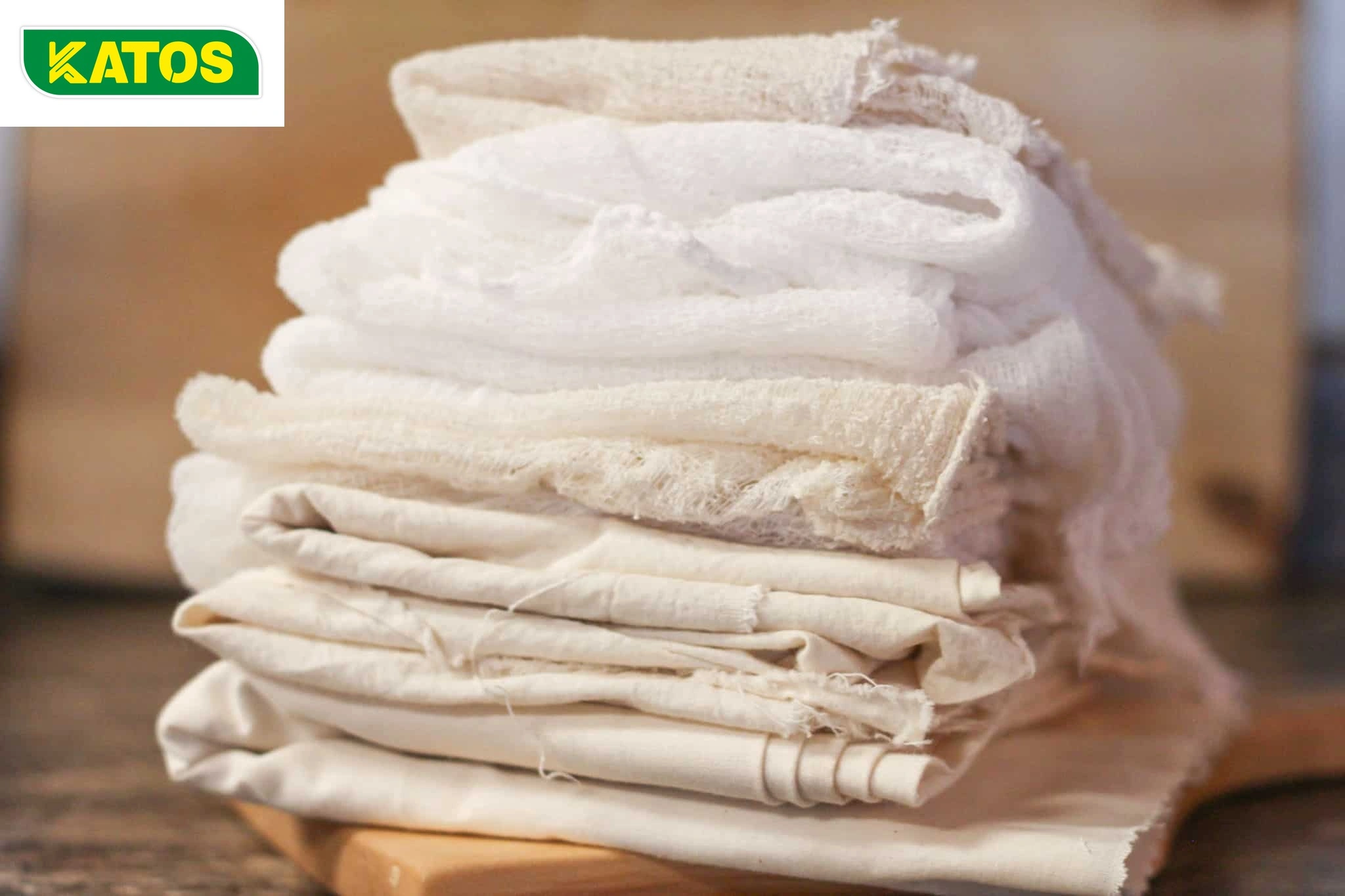
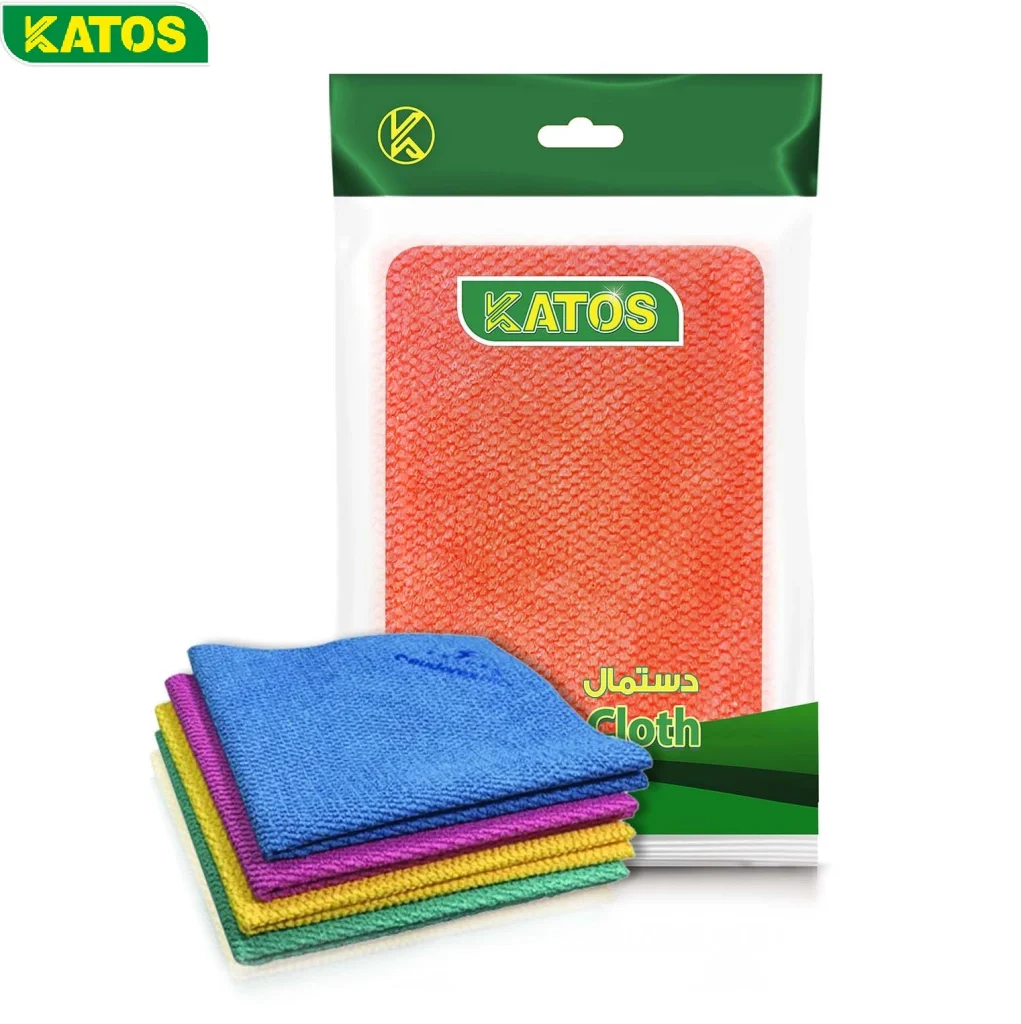

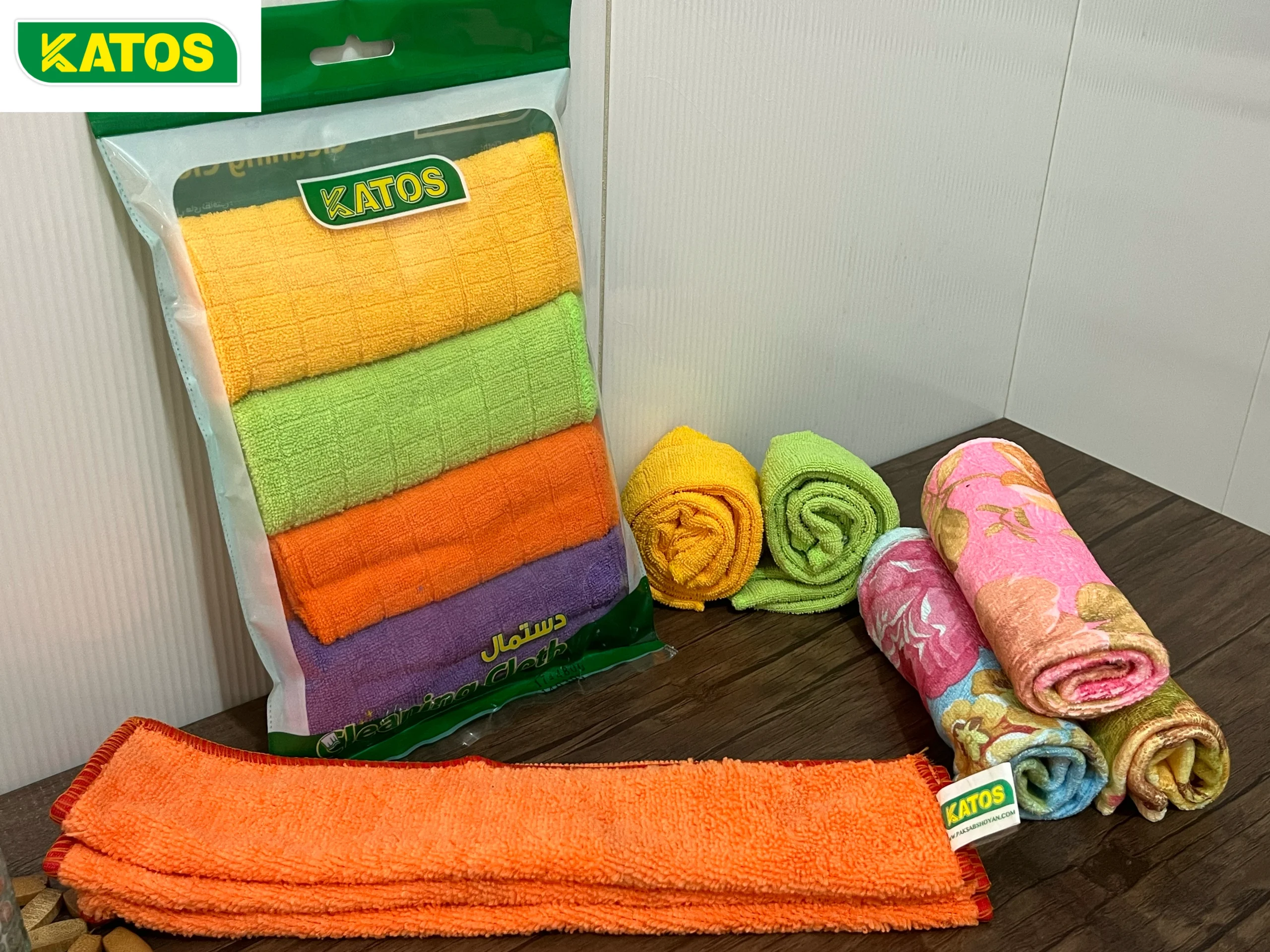
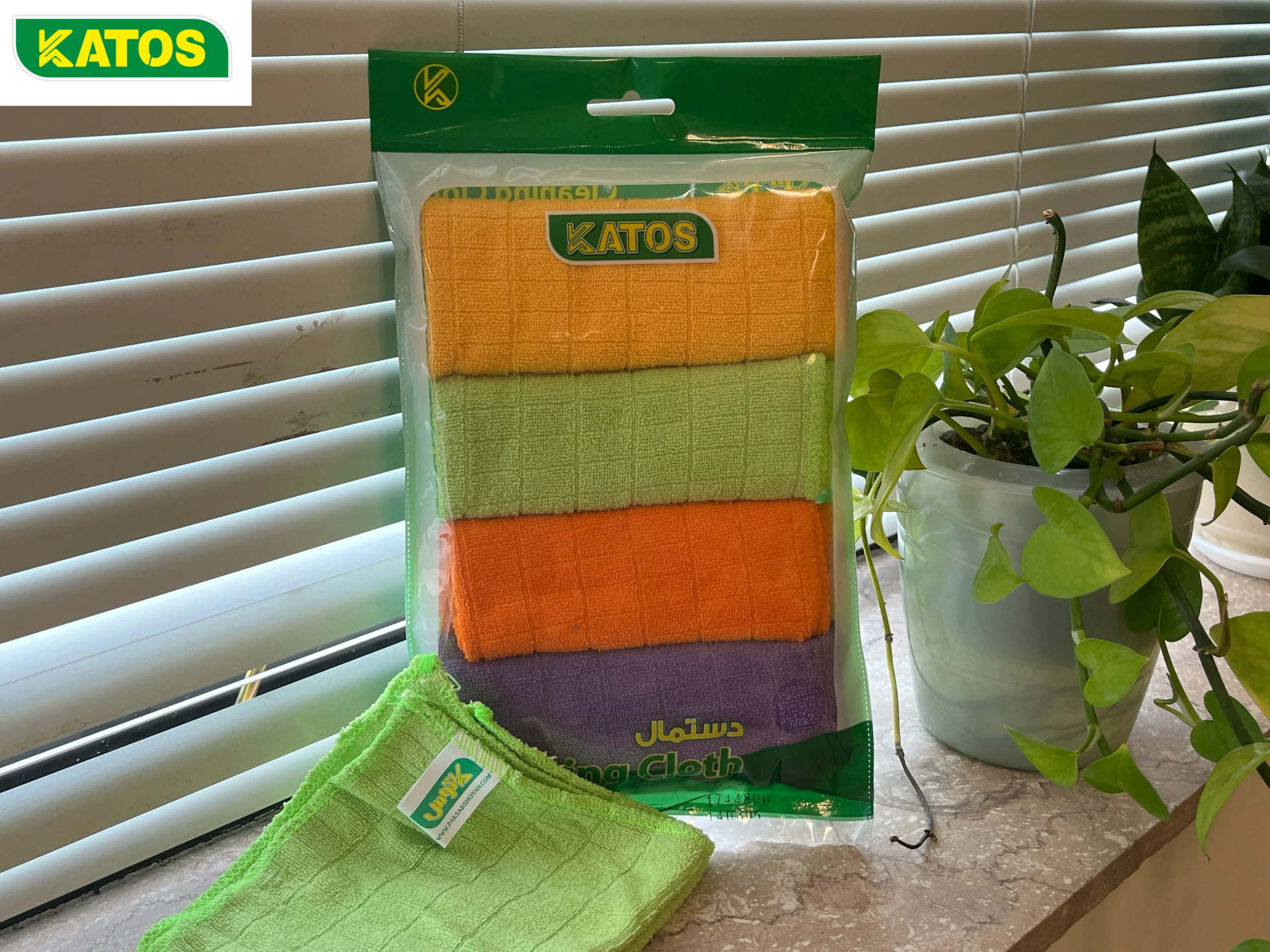


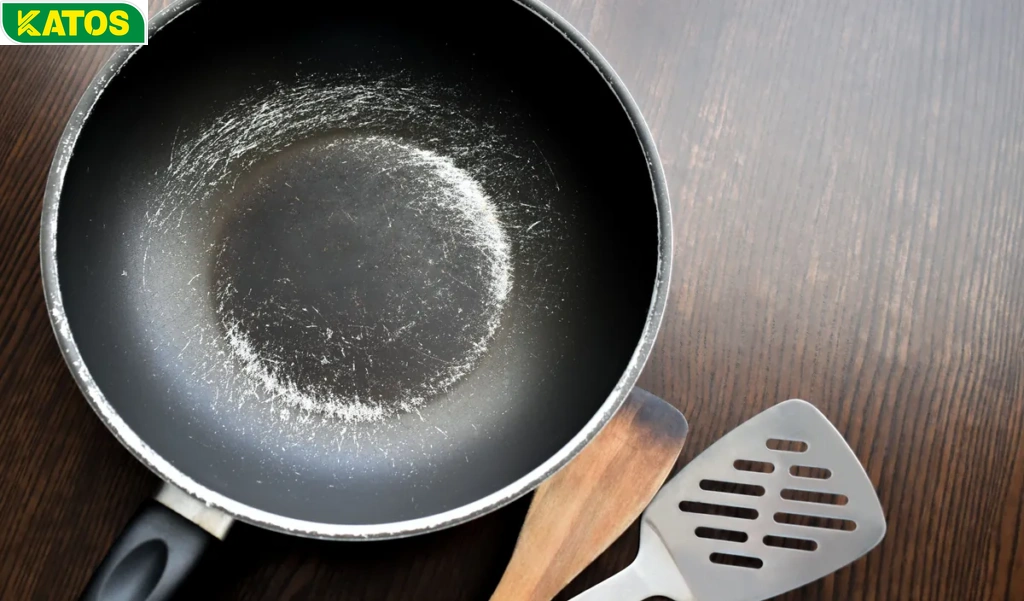
 Non-Scratch Scrub Spong
Non-Scratch Scrub Spong Non-scratch cloths
Non-scratch cloths


 History of stainless steel scourers
History of stainless steel scourers benefits
benefits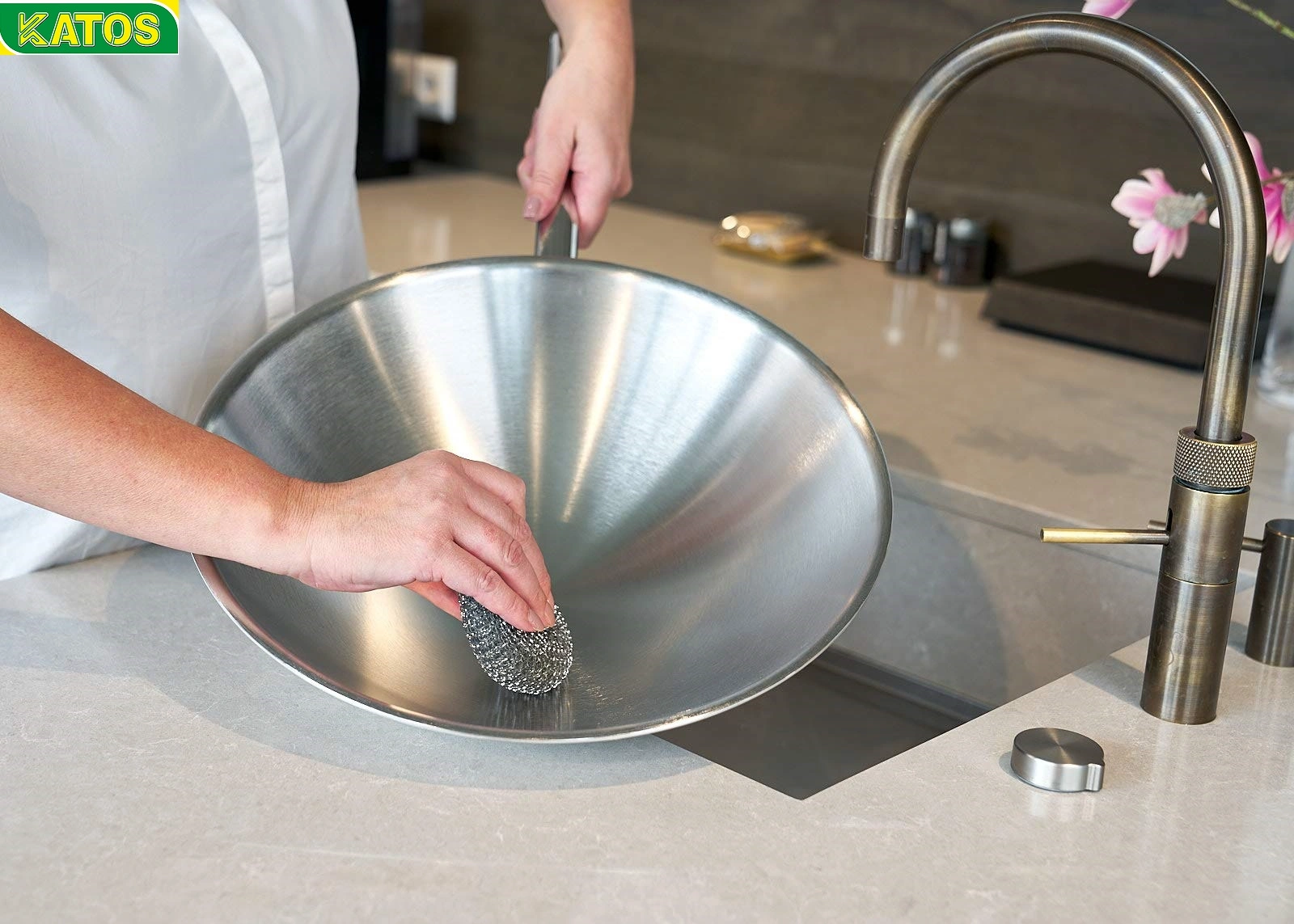 stainless steel scourers
stainless steel scourers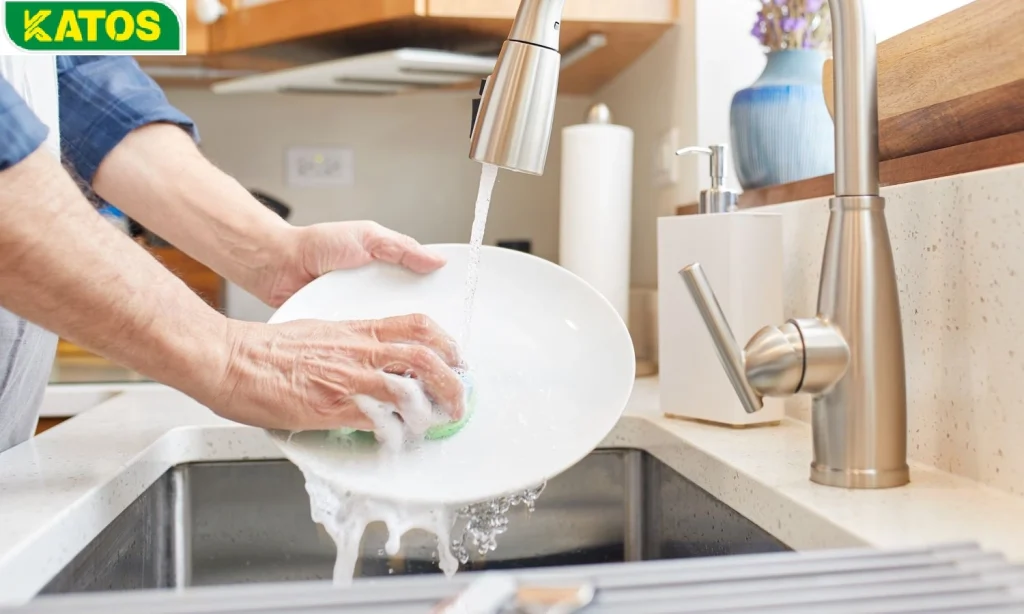
 ?What to consider
?What to consider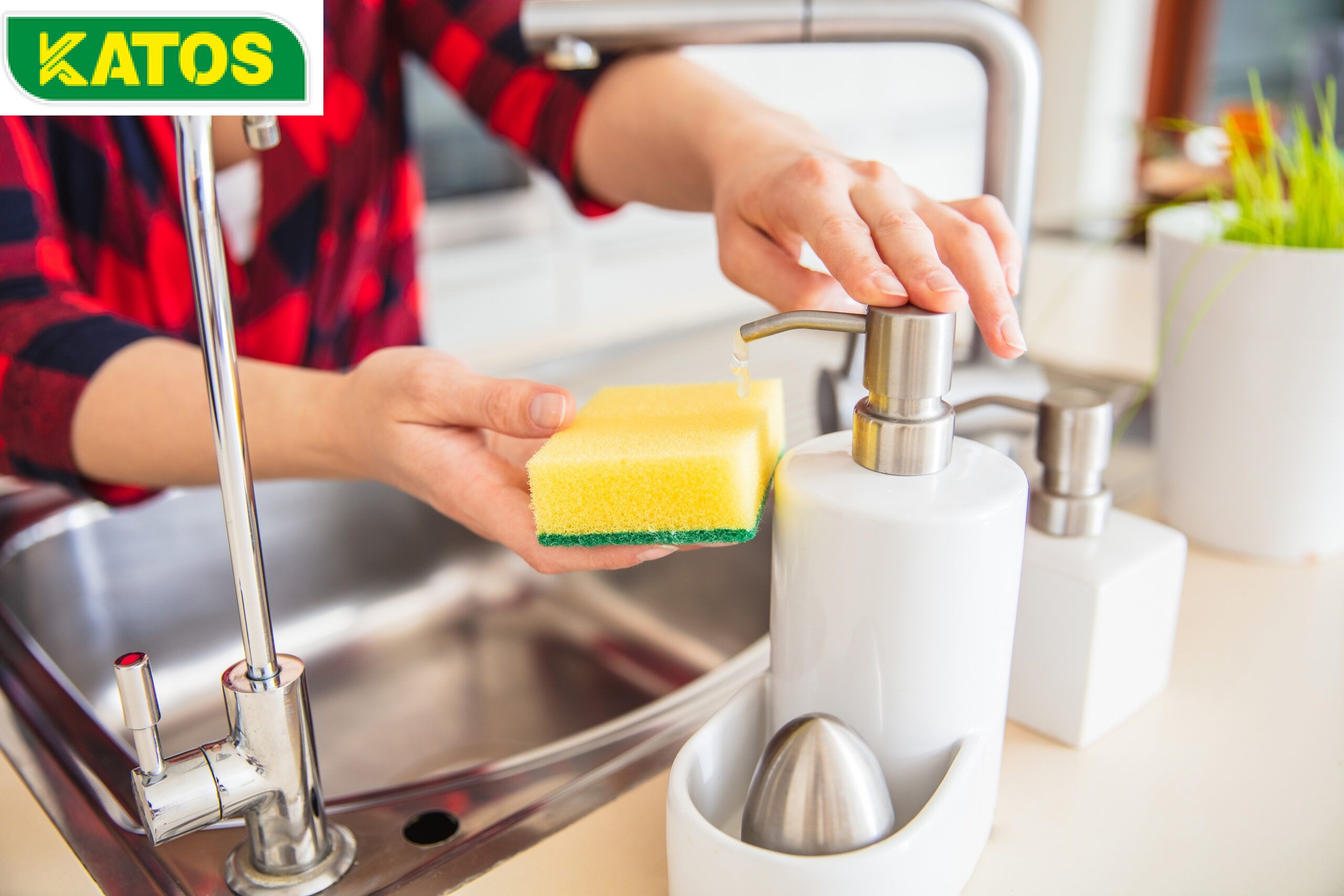 ?How to clean kitchen sponge
?How to clean kitchen sponge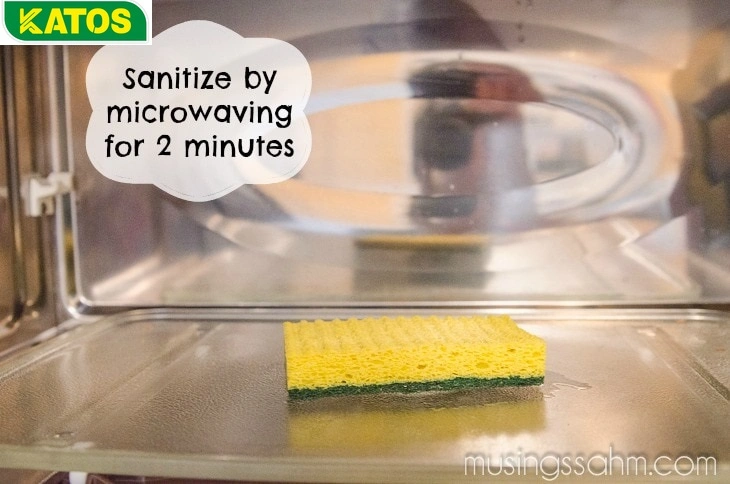 Microwave
Microwave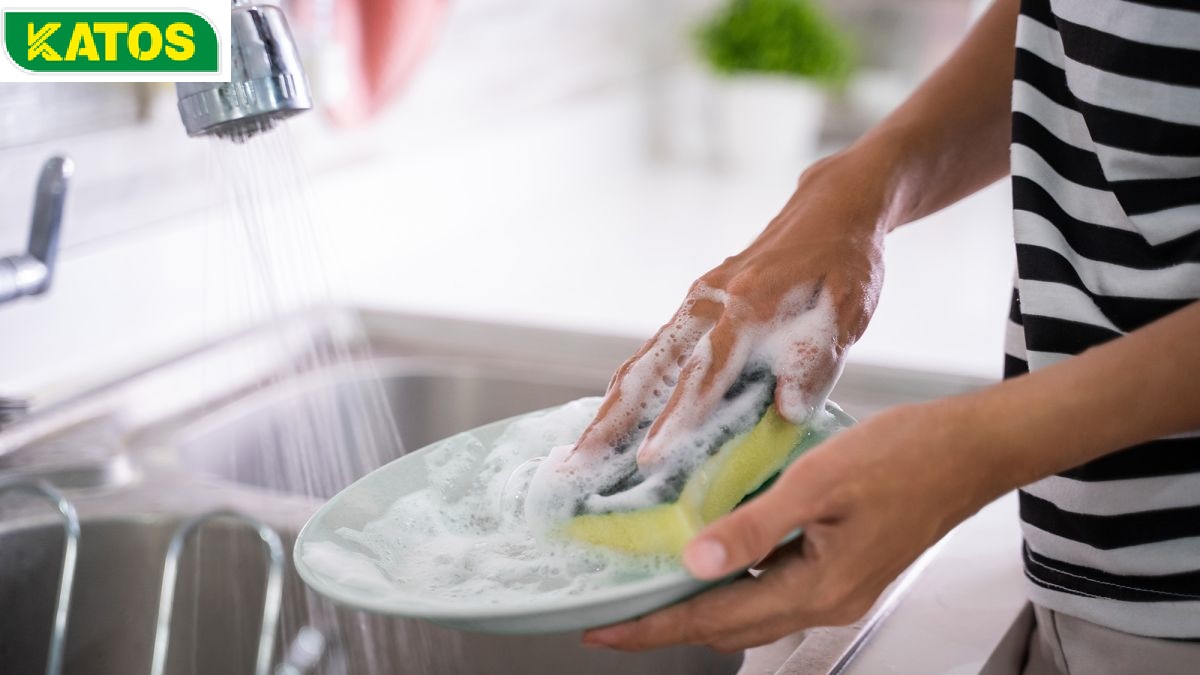

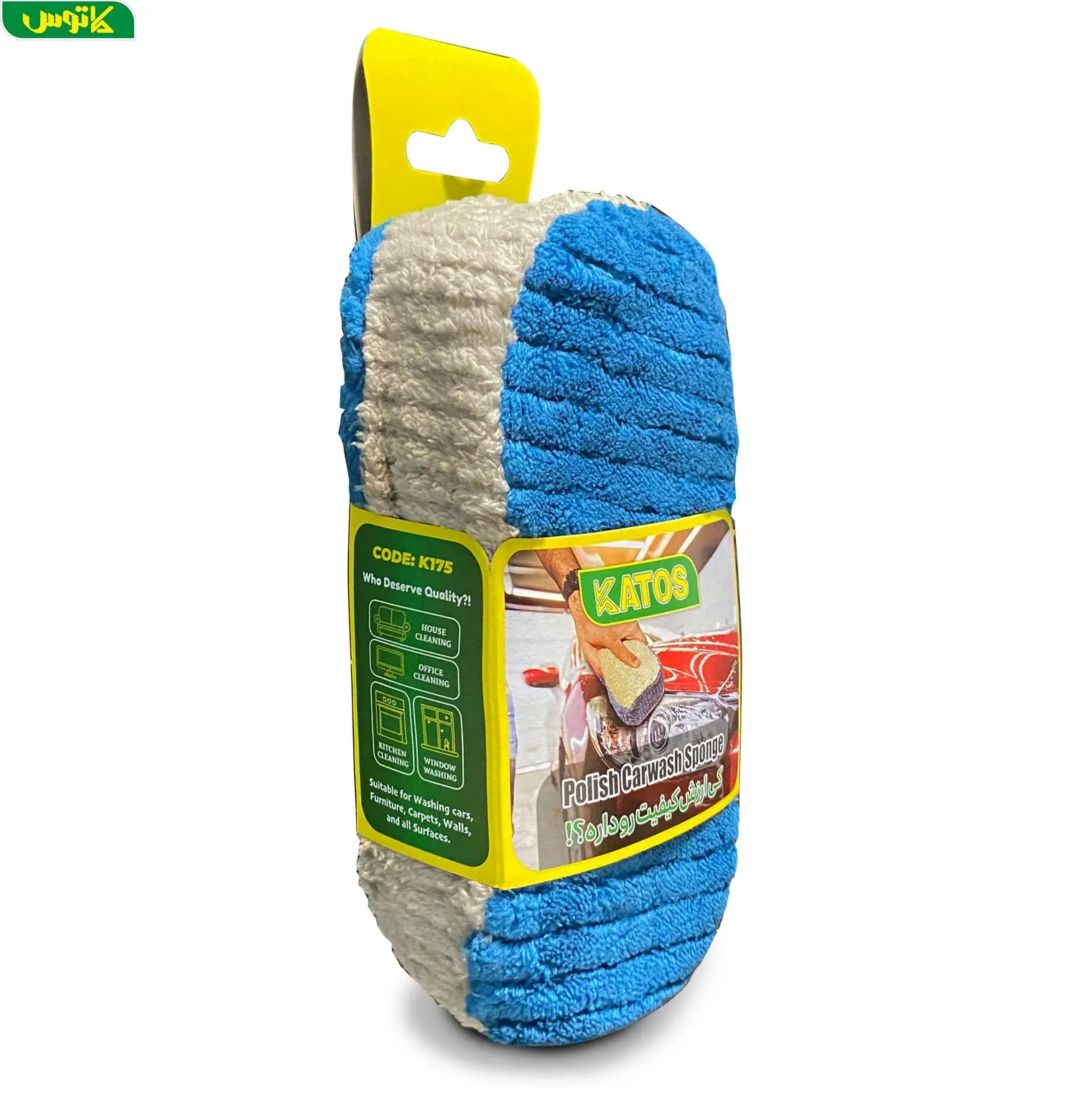 چرا استفاده از وسایل مناسب برای شستشو خودرو اهمیت دارد؟
چرا استفاده از وسایل مناسب برای شستشو خودرو اهمیت دارد؟


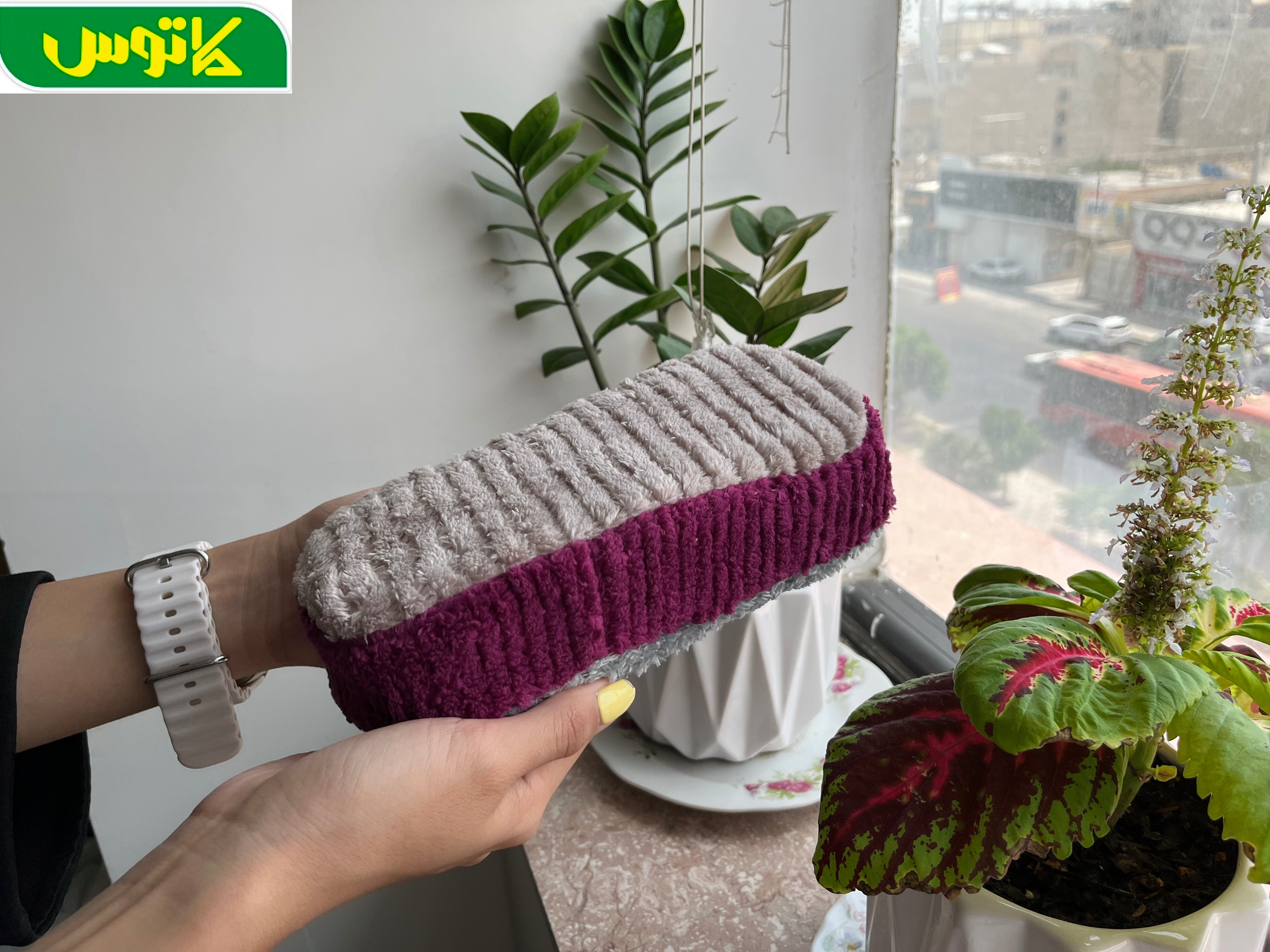 مقاومت و طراحی مناسب
مقاومت و طراحی مناسب